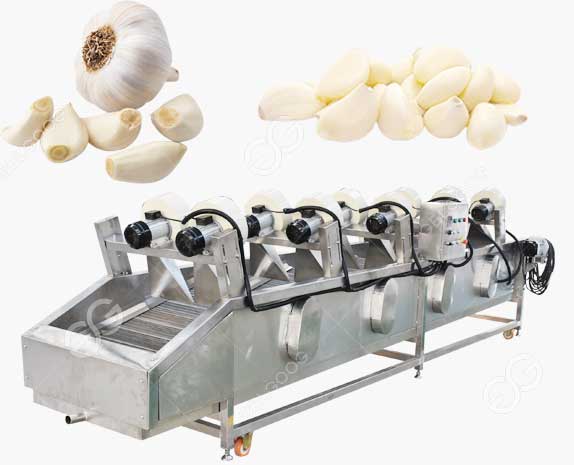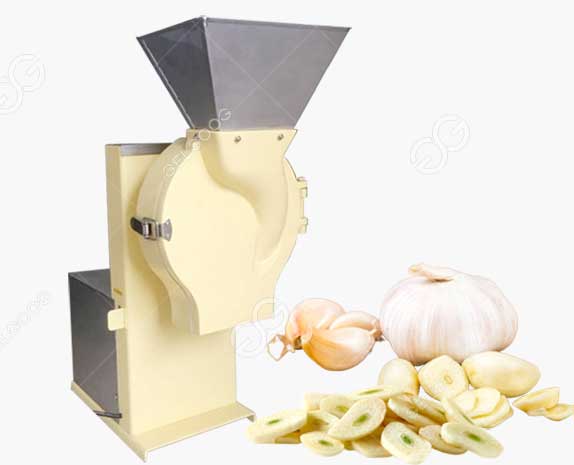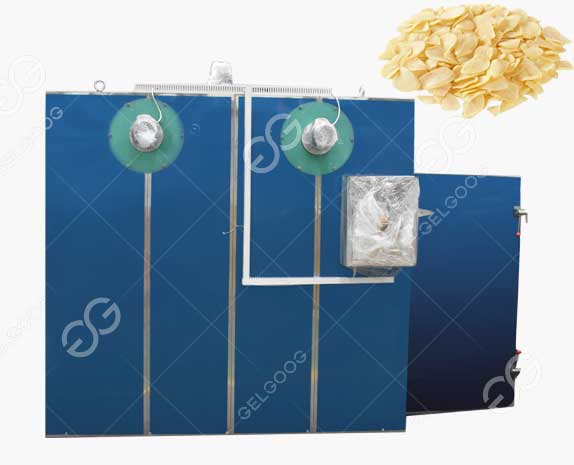Garlic powder is a kitchen staple, celebrated for its convenience and robust flavor. But have you ever wondered how fresh garlic cloves transform into that fine, aromatic powder? The journey from bulb to shelf involves several carefully orchestrated steps in a factory setting. Let’s break it down!
1. Harvesting and Selection
It all starts in the fields. Garlic bulbs are harvested at peak maturity, when their flavor and moisture content are ideal. Factories prioritize fresh, high-quality bulbs, discarding any with rot or damage. Proper storage in cool, dry conditions ensures garlic remains fresh until processing begins.
2. Cleaning
Garlic arrives at the factory caked in dirt and debris. The bulbs undergo thorough cleaning using high-pressure water jets and rotating brushes. This step removes soil, outer husks, and impurities, ensuring hygiene and preparing the cloves for peeling.
3. Peeling
Peeling each clove by hand would be impractical. Instead, factories use mechanical peelers. Cloves are placed in machines that apply gentle pressure or blasts of compressed air to loosen and detach the papery skins. Some advanced systems even use vacuum technology for efficient peeling.
4. Slicing or Crushing
Peeled cloves are sliced into thin pieces or crushed. This increases the surface area, speeding up the drying process. Uniform slicing ensures even drying, which is crucial for consistent texture and flavor in the final product.
5. Drying
Moisture removal is critical. Sliced garlic enters industrial dryers, where it’s exposed to controlled hot air (60–70°C) for several hours. Lower temperatures preserve flavor, while higher ones boost efficiency. Freeze-drying is an alternative, locking in more aroma but at a higher cost. The goal is to reduce moisture to about 5–8%, preventing microbial growth.
6. Grinding
Bone-dry garlic slices are pulverized into powder using high-speed grinders or hammer mills. The grind size is monitored carefully—too coarse, and it’s gritty; too fine, and it may clump. Some factories use cryogenic grinding (with liquid nitrogen) to maintain flavor integrity.
7. Sieving
The powdered garlic passes through vibrating screens to achieve uniformity. Oversized particles are recycled for re-grinding. This step ensures the silky consistency consumers expect.
8. Quality Control
Throughout the process, factories conduct rigorous checks. Moisture levels, microbial safety, color, and flavor are tested. Advanced labs might use gas chromatography to analyze volatile compounds, ensuring the powder’s pungency meets standards.
9. Packaging
Finally, the powder is packaged in airtight, light-resistant containers—often foil-lined bags or jars. Nitrogen flushing may be used to displace oxygen, extending shelf life by preventing oxidation.
10. Storage and Distribution
Packaged garlic powder is stored in cool, dry warehouses before shipping. Proper storage preserves its potency until it reaches your spice rack.
Why Does This Matter?
Garlic powder’s versatility makes it a global favorite, enhancing soups, marinades, and snacks. The factory process balances efficiency with flavor preservation, turning a humble bulb into a shelf-stable powerhouse.
We can provide garlic powder production line and solutions. If you want to know more information, you can contact us at any time.




